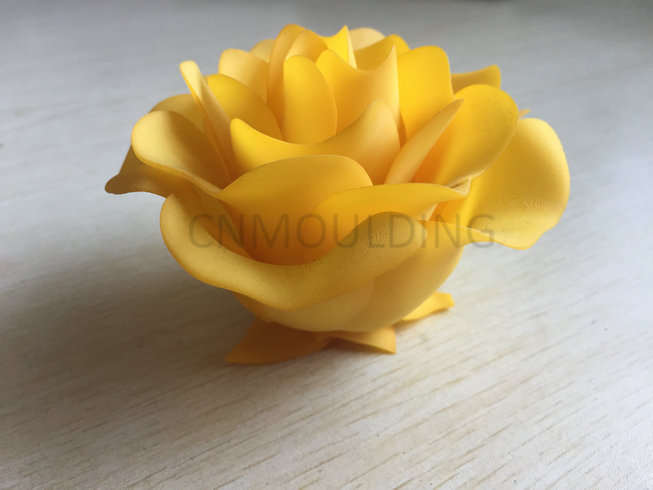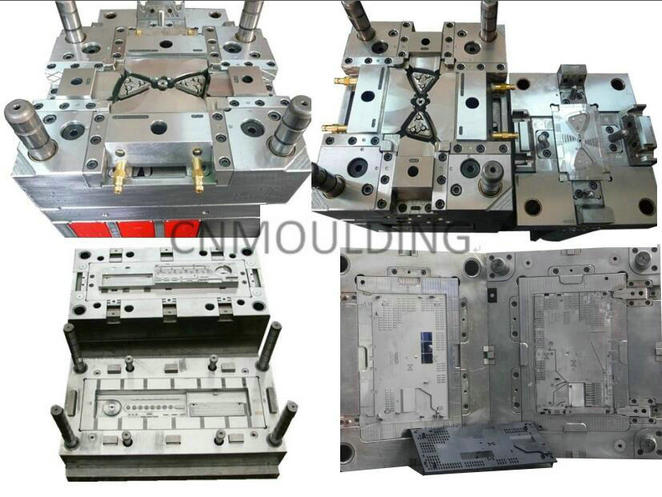

The advent of 3D printing technology has revolutionized the manufacturing industry. The ability to produce complex designs and prototypes quickly and cheaply has made it an attractive alternative to traditional manufacturing methods. One question that often arises is whether 3D printing will eventually replace injection molding as the go-to method for mass production.
Injection molding is a manufacturing process that involves injecting molten material into a mold, which then solidifies into the desired shape. It is a highly efficient method for producing large quantities of identical parts. However, it requires expensive tooling and is not suitable for producing small quantities or complex designs.
On the other hand, 3D printing, also known as additive manufacturing, involves building up layers of material to create a three-dimensional object. It is a versatile method that can be used to produce complex designs and prototypes quickly and cheaply. However, it is not yet suitable for mass production due to its slow speed and limited material options.
So, will 3D printing eventually replace injection molding? The answer is not straightforward. While 3D printing has many advantages over injection molding, it also has some limitations that make it unsuitable for certain applications.
For example, injection molding is still the best option for producing large quantities of identical parts. The high cost of tooling is offset by the low cost per part, making it a cost-effective method for mass production. In contrast, 3D printing is still too slow and expensive for mass production, although it may be suitable for producing small quantities or customized parts.
Another limitation of 3D printing is the limited range of materials that can be used. While injection molding can use a wide range of materials, including metals and plastics, 3D printing is currently limited to plastics, resins, and some metals. This makes it unsuitable for certain applications where specific materials are required.
Despite these limitations, 3D printing has many advantages over injection molding. It allows for greater design flexibility and can produce complex shapes that are impossible to achieve with injection molding. It also eliminates the need for expensive tooling, making it a cost-effective option for small quantities or customized parts.
In conclusion, while 3D printing has many advantages over injection molding, it is unlikely to replace it entirely. Both methods have their strengths and weaknesses, and the choice between them will depend on the specific requirements of each application. As technology advances, it is possible that 3D printing will become more suitable for mass production, but for now, injection molding remains the best option for producing large quantities of identical parts.





